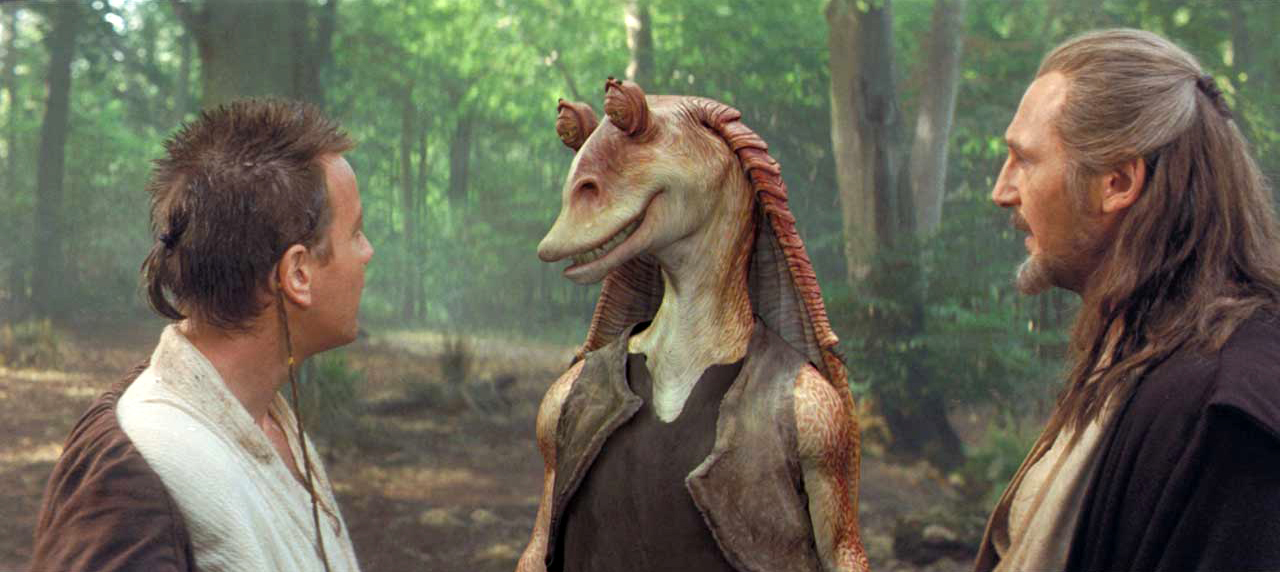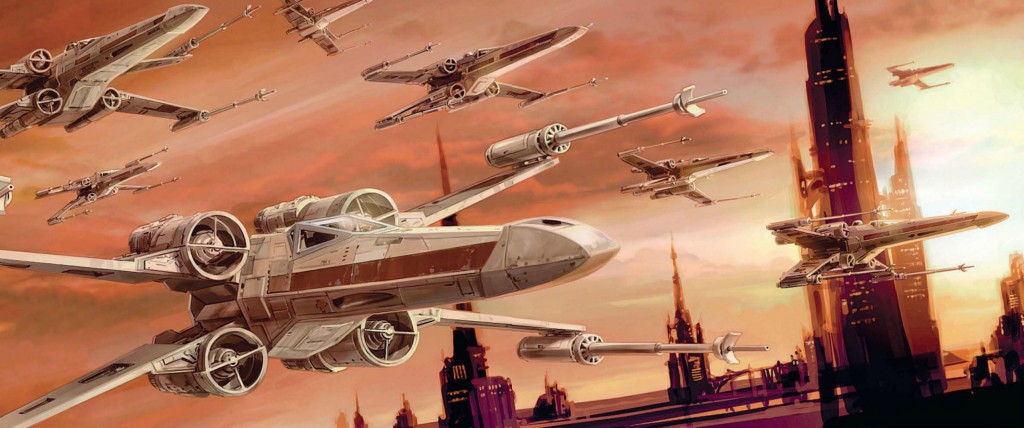
Being one of those eternal constants of life alongside death and taxes, disappointment has been an inseparable part of Star Wars (like countless other franchises) since the very beginning: many of those who enjoyed A New Hope were turned off by the darker turn taken by The Empire Strikes Back and welcomed the comparatively joyful Return of the Jedi, while more modern critics and audiences are often inclined to have quite the opposite reaction. The prequels are even more divisive, ranging from those who wish they’d never even been made to those who consider them vastly superior to the Original Trilogy. Reception for entries in the Expanded Universe span a veritable roller coaster of reactions.
Significant events, whether they be on screen or transmitted through the written word, are even more likely to arouse controversy and outrage, especially when the matter of major character death arises. Chewbacca and Mara Jade Skywalker come to mind, to say nothing of the wailing and gnashing of teeth that will undoubtedly happen when the Big Three finally bite the proverbial dust. But, of course, a universe in which nothing ever changes and nobody of importance ever dies is hardly reasonable or suspenseful, either. So why is it that we’re so frequently disappointed by the products we buy, and what can be done about it?




